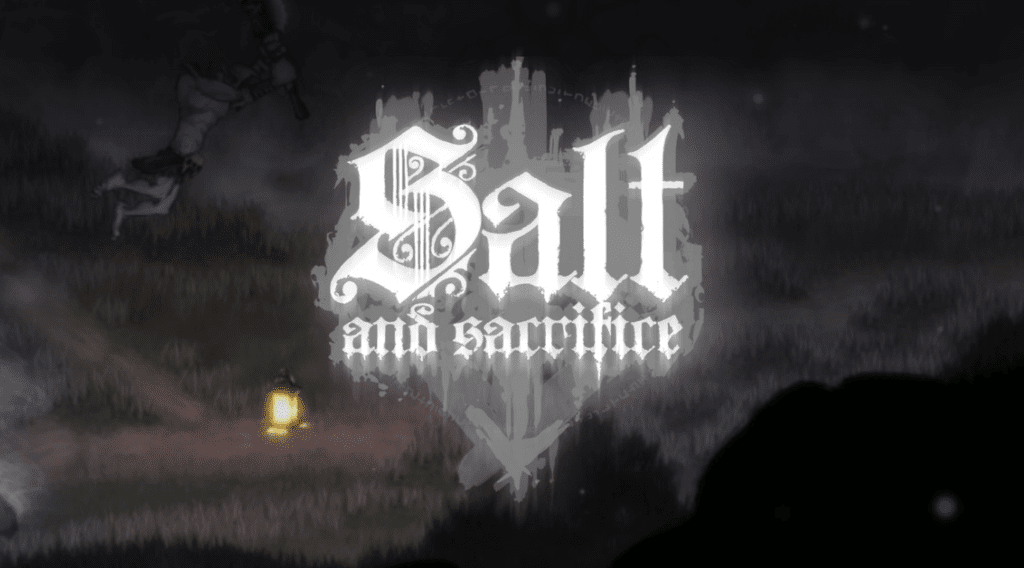
A few years ago, Salt and Sanctuary dropped and it was a wonderful indie side-scrolling take on the Souls formula. We had the chance to review it then (review here) and it was an absolute delight. Now developer and publisher Ska Studios is back with the sequel and it’s time to experience Salt and Sacrifice!
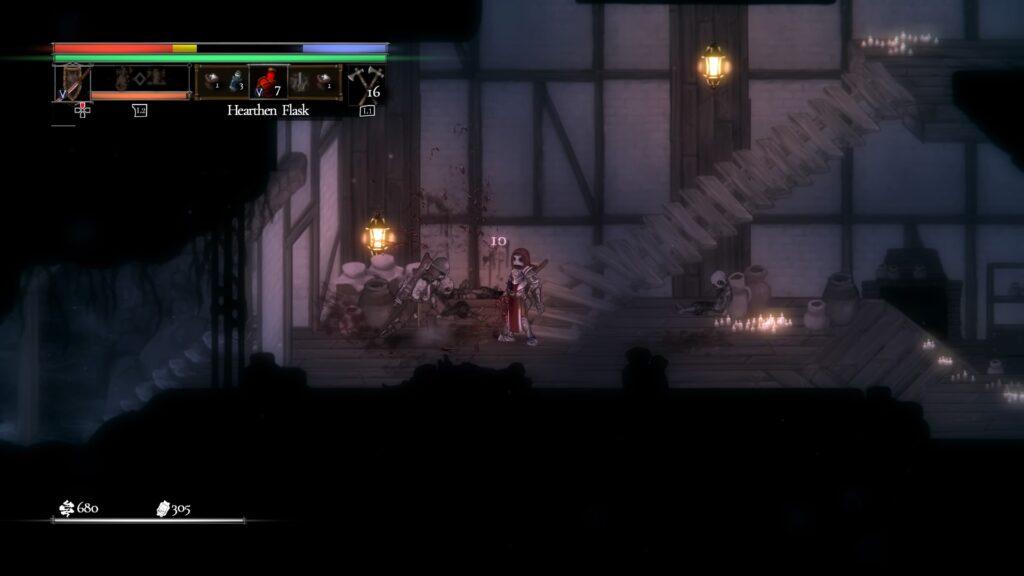
This is a series that is derived from the Souls style of gameplay and owns it, but also manages to find its place as a separate entity. The Salt world is a unique one, full of lovingly hand-drawn art, interesting character animations, and a fair degree of world-building. In Salt and Sacrifice, you play a Marked Inquisitor. You’ve taken on the magical mark in exchange for a life beyond death, one of servitude to the Inquisition and your goal is to put an end to the elemental Mages roaming the realm. While the plot isn’t particularly deep, it is compelling. Much like the Souls series (yes yes, the inevitable and necessary comparisons abound), information is doled out in bits through conversations and encounters out in the world.
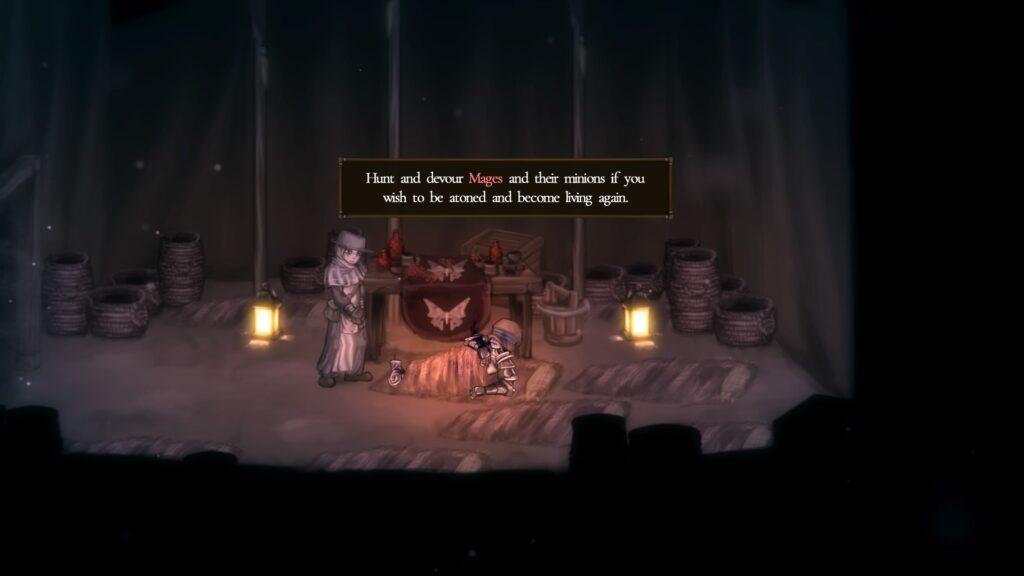
Your primary goal however is to slay Mages and consume their souls, destroying their hold over the land and restoring it to freedom. How do you do that? Well, it’s not as easy as going down to the convenience store. Each portion of Salt and Sacrifice is locked behind a variety of doors that only open when you’ve, well, eaten enough Mages’ souls. The first area contains several mages and exploring it gets you used to the control scheme and gives you an idea of the brutality that you’re in for. There’s definitely a learning curve here and it’ll take a little time before you’re familiar enough with the nuances of the game to really progress. Eventually, you’ll come across a glowing area that gives you the option to go on a Mage hunt and then things are really moving along! Combat consists of several elements including a regular and heavy swing with your weapon of choice, a rolling dodge attack, and a parry. Chances are high that you’ll be dodging more than you parry because the knockback is wicked, especially on larger enemies, but hey, there’s something for everyone here. You can also throw axes at enemies, but you’ll have to do a good job aiming to really make a difference. Whittling down the health bar of a boss with a few axes can be just the edge you need sometimes though and as you play further, gaining enough salt to level up becomes tougher and tougher.
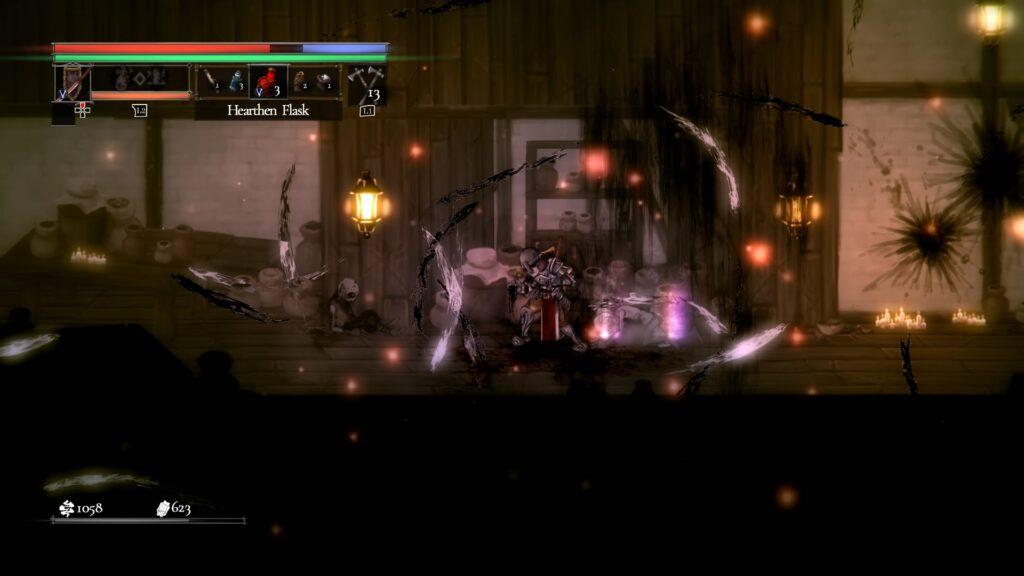
Naturally, there are a variety of armors, weapons, rings, amulets and other gear to help augment your character. You start with potions and axes, but you’ll definitely get a lot more gear along the way. Those initial items replenish every time you rest at an obelisk, but be warned, if you haven’t collected the supplies required to make them, you’ll come up short. Once you do progress far enough in a given stage to level up, it’s time to return to the village and do so. While it might take a while to get to an obelisk, level up every chance you get as each level also provides perks on a rather complex Skyrim-style perk tree. Each tiny boost has an incremental effect, eventually culminating in an overall rise in power for your Marked Inquisitor. Between the hit point boosts and perk tree choices, there are ample opportunities to develop your character in any way you see fit, from a ranged attacker to an in-close powerhouse which slaughters enemies left and right. There’s no right way to play Salt and Sacrifice other than devouring those Mages.
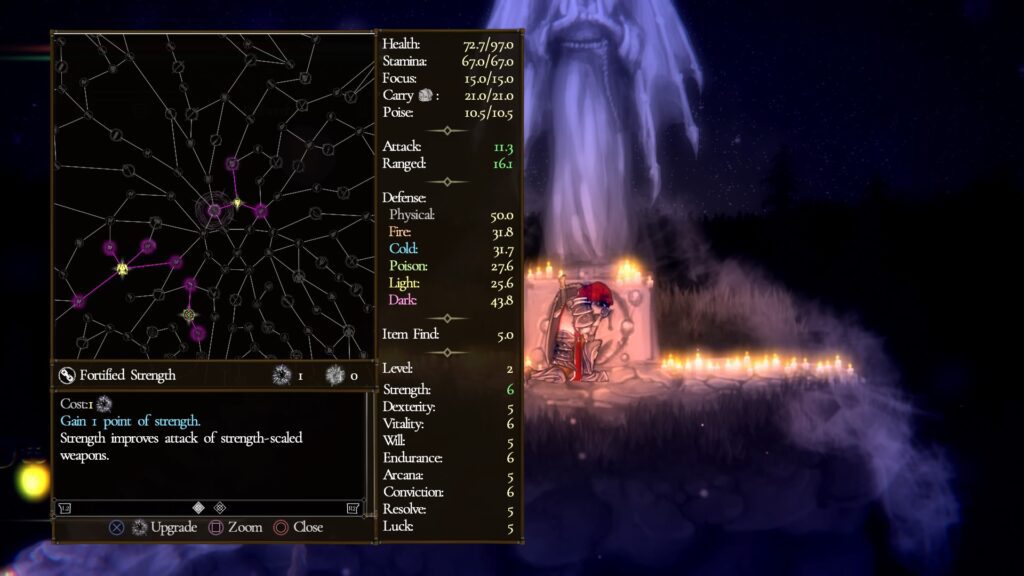
Speaking of which, the benefits for absorbing Mage souls are excellent. In addition to the item drops they give, each Mage imbues the ability to craft armor, weapons, and accessories from the bits of Mage-flesh that you’ve collected from them and their minions. Want a powerful flame sword or thick carapace armor? Just defeat those Mages! Once defeated, Mages tend to pop back into the levels at random, giving you the opportunity to slay them again (albeit faster and easier) and gain more crafting materials to raise your power levels further. It’s an elegant loop that works well and quickly accelerates with mastery of the controls.
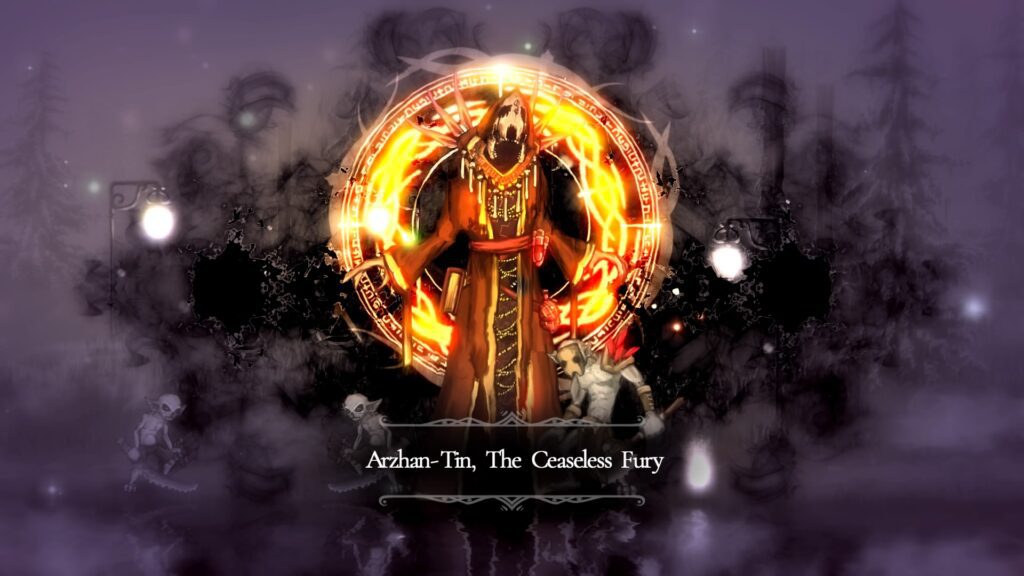
Salt and Sacrifice is also a unique looking game. Much like Salt and Sanctuary before it, Salt and Sacrifice looks entirely hand-drawn, like a dark fantasy sketchbook come to life. The enemies are odd and disturbing, levels are varied from deep, dank catacombs to barren deserts and more, and the entire game has a bleak, unforgiving feel to it that is remarkably engaging and gratifying. The accompanying soundtrack is also fantastic, providing a minimalist foreboding with every step into the labyrinthine levels of the game.
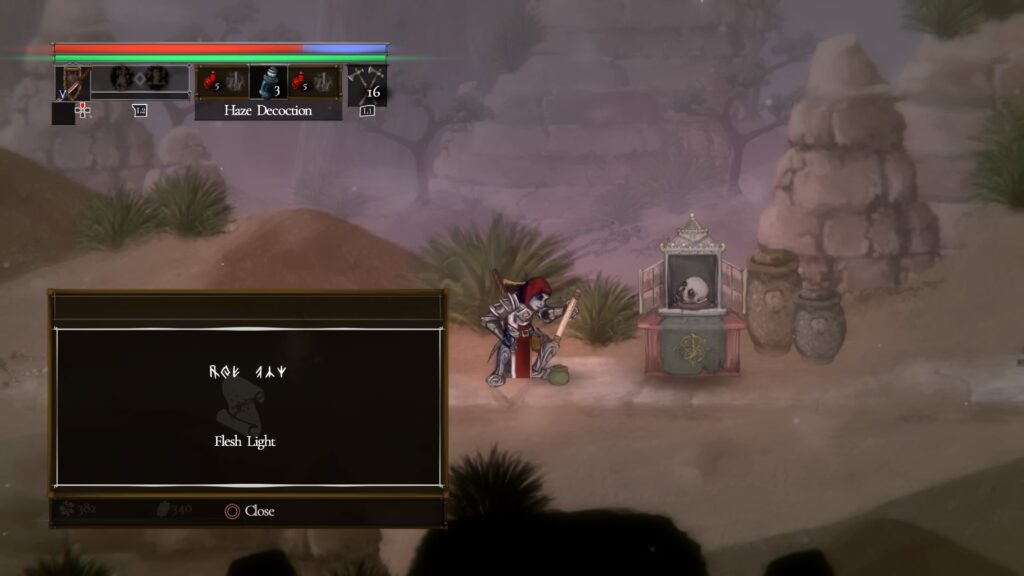
Ska Studios has tweaked the formula this time around, adding a multiplayer component to gameplay. You can invade others’ games, bring in cooperative players, and generally muck about in a way that’s remarkably similar to the Souls series. While it’s always fun to sneak into someone’s game, slaughter them, and steal their loot, do keep in mind that multiplayer requires a Plus membership on the Playstation and there’s no local co-op.
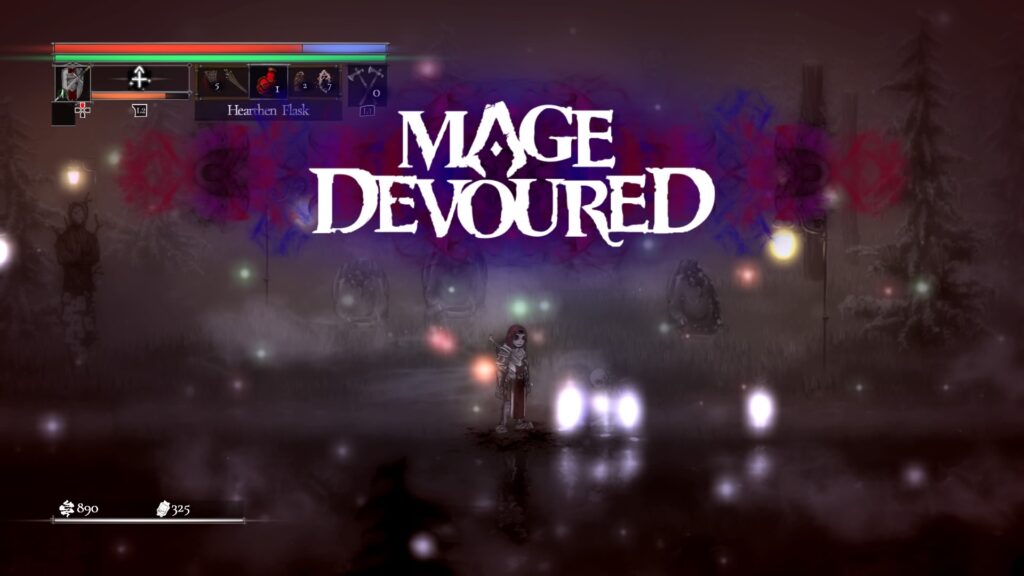
There really aren’t a lot of negatives to Salt and Sacrifice. Some of the characters and town areas do take quite some time to unlock, some of the store items aren’t exactly the best, and it’s occasionally hard to tell exactly where an enemy’s weak points are. The controls are a bit floatier than you might expect, raising the learning curve of the game early on but once you get things down, you’ll be slaughtering with abandon.
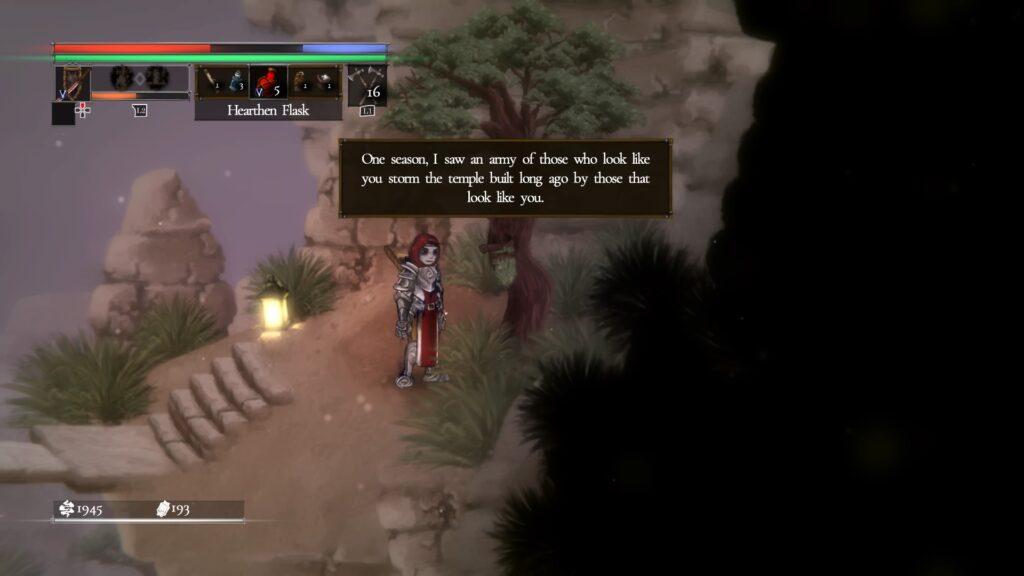
Salt and Sacrifice isn’t an extended multi-hundred hour slog like the recently released Elden Ring however. This unforgiving expedition will only take you around 12-15 hours depending on your skill level and attention to detail. For intense completists, tack on a bit more, but there are only five main world areas in the game, so you’ll be repeating a bit of content here and there and backtracking as you gain skills, abilities, and items in order to access previously closed areas such as the gated tower in Ashbourne Village. By the time you make your way all the way to the Elder Copse, chances are good that you’ll have a map of the entire game living rent-free in your head for the foreseeable future, especially due to the complete lack of any type of mapping system, something that may be frustrating to younger players but is old hat to gaming veterans.
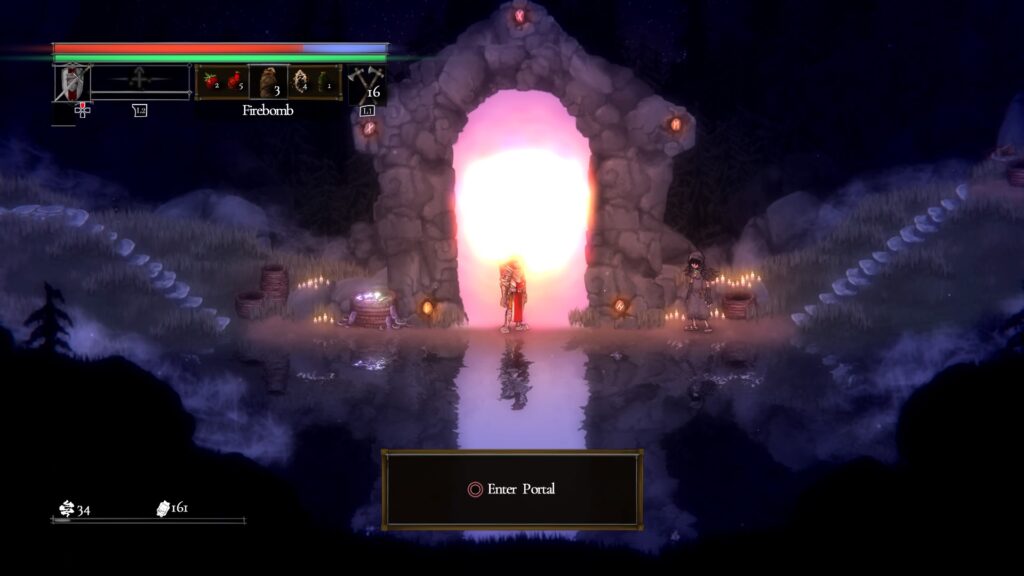
By now, you’ve probably got an idea of whether Salt and Sacrifice appeals to you. At $20, it’s not an expensive game by any means, and once you get the hang of the controls, gameplay is remarkably gratifying. The challenge level is high but approachable, the grinding is kept to a minimum for the most part (unless you really want to for some reason) and the bosses are fun and inventive. All in all, sucking up the souls of Mages and hacking and slashing through an endless army of monsters is a pretty good way to spend a few afternoons. Ska Studios has managed what few other developers have; a worthy sequel that’s equal to the original source material. Salt and Sacrifice is an excellent experience that provides the right amount of challenge, doesn’t outstay its welcome, and gives you great value for your money. Don’t miss out on this one!
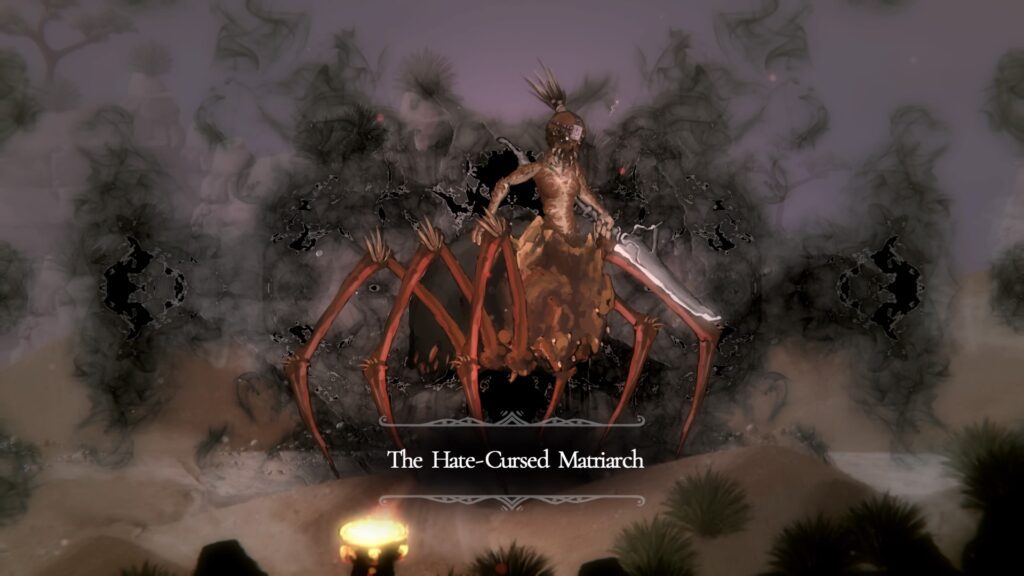
This review is based on a digital copy of Salt and Sacrifice provided by the publisher. It was played on a Playstation 4 Pro using a 55” Sony 1080p TV. Salt and Sacrifice is also available on PS5 and PC on Epic.

